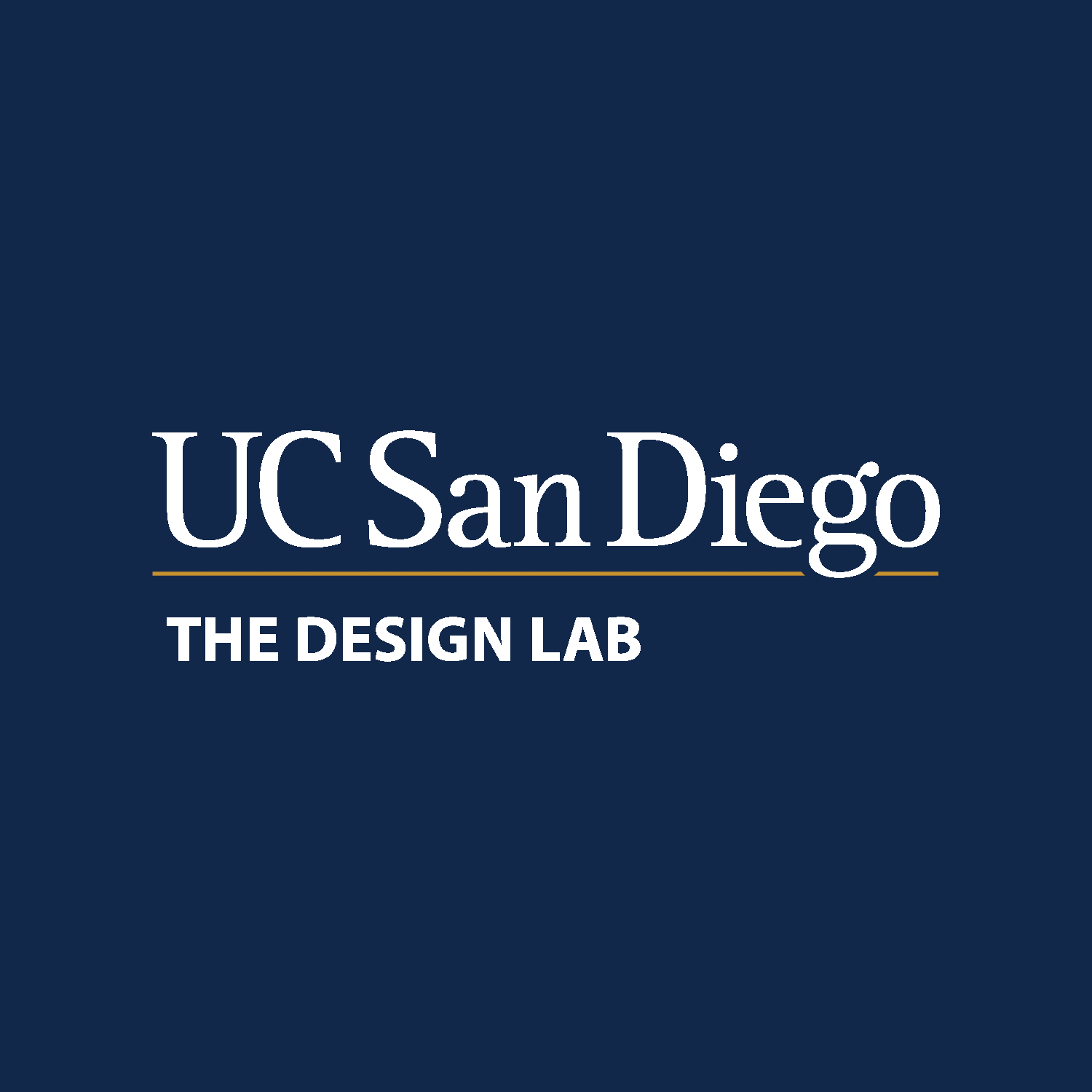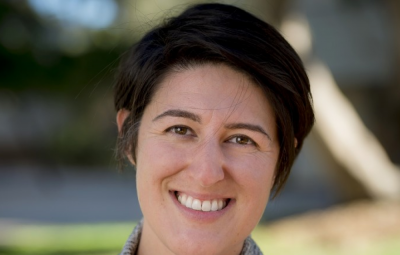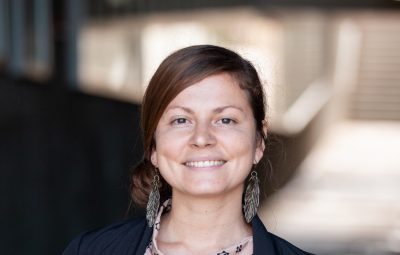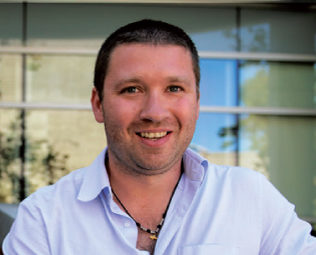People are upset. I personally am feeling disgusted and angry. The events we are now experiencing have been years and decades in the making: the events are the symptoms of deeper underlying problems.
The way we have had to change our entire lives to deal with the COVID pandemic, the economic suffering that has been created, and now the frustration and anger over displays of prejudice and the abuse of power are all symptoms. Symptoms of our nation’s inability to prepare ahead of time for known problems, inability to take care of our most disadvantaged citizens, and the racist, prejudiced actions of many in our society. These have been with us since the beginning of this nation.
It is right to be angry. But it is far more important that we transform the feelings of frustration and anger into positive activity that will lead to change. Protest? Yes, but let us encourage positive, effective ways of change. We might start with the ballot box, but even that is not enough. We must create positive action plans, support political candidates who will work to help create the change, petition the corporations to put aside the quest for short-term profit and replace it with a quest for enhanced communities, enhanced living standards, and a cleaner and safer environment for everyone. Our ideas have to build a long-term future, to offer solutions for ways to address hunger, poverty, racial prejudice. We need to get rid of the GDP as a measure of success and replace it with measures of wellness and satisfaction.
How do we do this? It‘s a design problem. A tremendously difficult and huge, complex problem. But all the important problems are difficult and complex. And these are exactly the problems that we need to focus upon. We each need to ask ourselves, what do we wish to accomplish with our lives. For me, I turn to ways that can lead to better lives for everyone. This is the time for all of us to reflect and come together to meet the design challenge of building a better world.
Don Norman
Director, The Design Lab
University of California, San Diego





